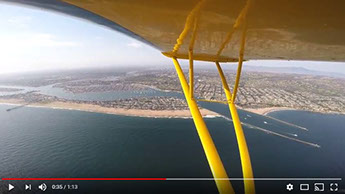1943 Howard DGA-15P
navy NH-1 instrument trainer
Condition: Undergoing restoration

The Howard DGA-15 was a single-engine civil aircraft produced in the United States by the Howard Aircraft Corporation from 1939 to 1944. After the United States' entry into World War II, it was built in large numbers for the United States Navy and also served various roles in the United States Army Air Forces.
The Howard Aircraft Company (later Howard Aircraft Corporation) was formed in 1936 to build commercial derivatives of the Howard DGA-6 (named Mister Mulligan), a successful four-seat racing aircraft which had won both the Bendix and Thompson Trophies in 1935, the only aircraft ever to win both races. These successes did indeed bring the DGA series much attention, and Howard produced a series of closely related models differing mainly in the engine type, consisting of the DGA-7, -8, -9, -11 and -12. Offering high performance and being comprehensively equipped, despite a high purchase price, these became coveted aircraft owned by corporations, wealthy individuals, and movie stars, such as Wallace Beery, who was himself a pilot.
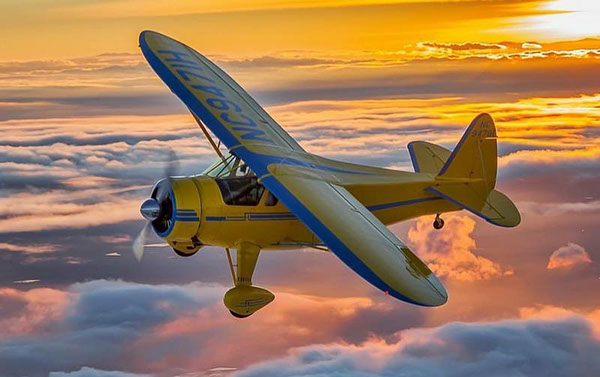
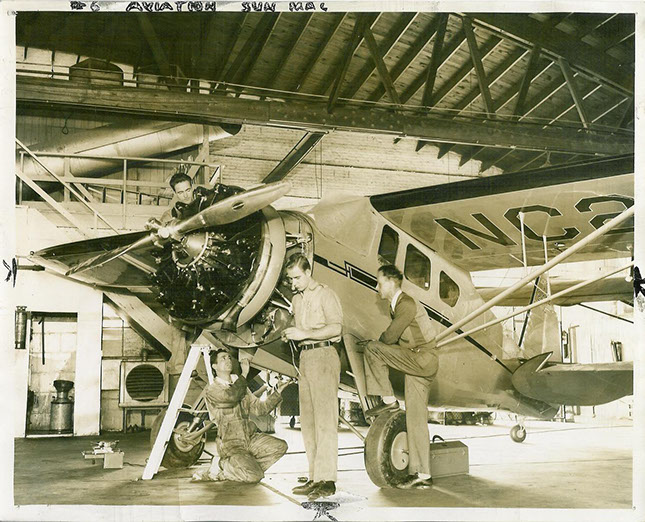
Pre-War
In 1939, the Howard Aircraft Corporation produced a new development of the basic design, the DGA-15. Like its predecessors, the DGA-15 was a single-engined high-winged monoplane with a wooden wing and a steel-tube-truss fuselage, but it was distinguished by a deeper and wider fuselage, allowing five people to be seated in comfort. It was available in several versions, differing in the engine fitted. The DGA-15P was powered by a Pratt & Whitney R-985 Wasp Junior radial engine, while the DGA-15J used a Jacobs L6MB and the DGA-15W a Wright R-760-E2 Whirlwind. In an era when airlines were flying Douglas DC-3s, the Howards cruising at 160 to 170 mph could match their speed, range and comfort with the rear seat leg room exceeding airline standards with limousine-like capaciousness, and high wing loading allowing the Howards to ride through most turbulence comfortably.
After the War
In the post-war years, Howards DGA series were prized more for their utility than for their clean lines. Contemporary cabin aircraft have already become antiques, living pampered lives as show pieces rather than working aircraft.
With most of the working Howard DGAs retired from active commercial service, they have become popular as restoration subjects and as alternatives to more modern equivalents with higher cost of ownership.
More than 50 of the Howard variants are still flying in the United States, mostly DGA-15s, with about 100 total remaining in the United States. Superb traveling airplanes with much better visibility, headroom, and shoulder room than some contemporary cabin aircraft, they have very long "legs" with a fuel capacity of 151 gallons in 3 belly-mounted tanks, giving an endurance of more than 7 hours, for a range, at normal cruise (130kts/150mph), of over 1,000 statute miles. With modern avionics, the Howard can compete in many respects with many contemporary light aircraft, due to its combination of room, comfort, speed, range and carrying capacity.
After producing several of the most famous racing and private aircraft of the Golden Age of Aviation, the Howard Aircraft Corporation ceased production in 1944. Stockholders elected not to produce civilian aircraft after the war, sold the aviation assets, and used the proceeds to buy an electric-motor manufacturing company in Racine, Wisconsin, and named it Howard Industries.
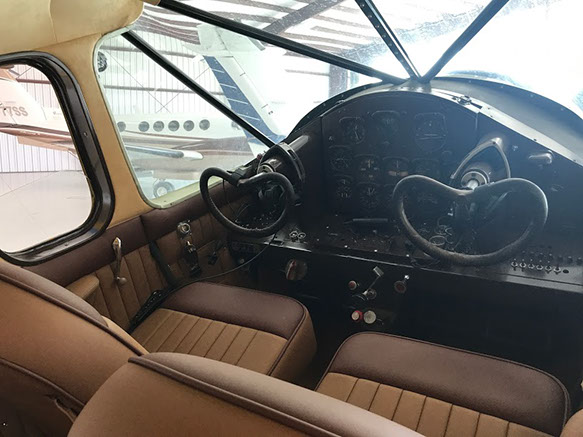
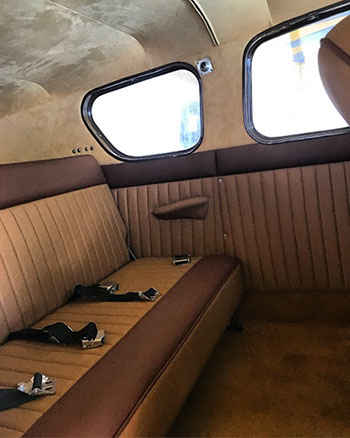

Copyright 2022 Golden Age Flight Museum

